Uncategorized
U N I T E D N A T I O N S N A T I O N S U N I E S
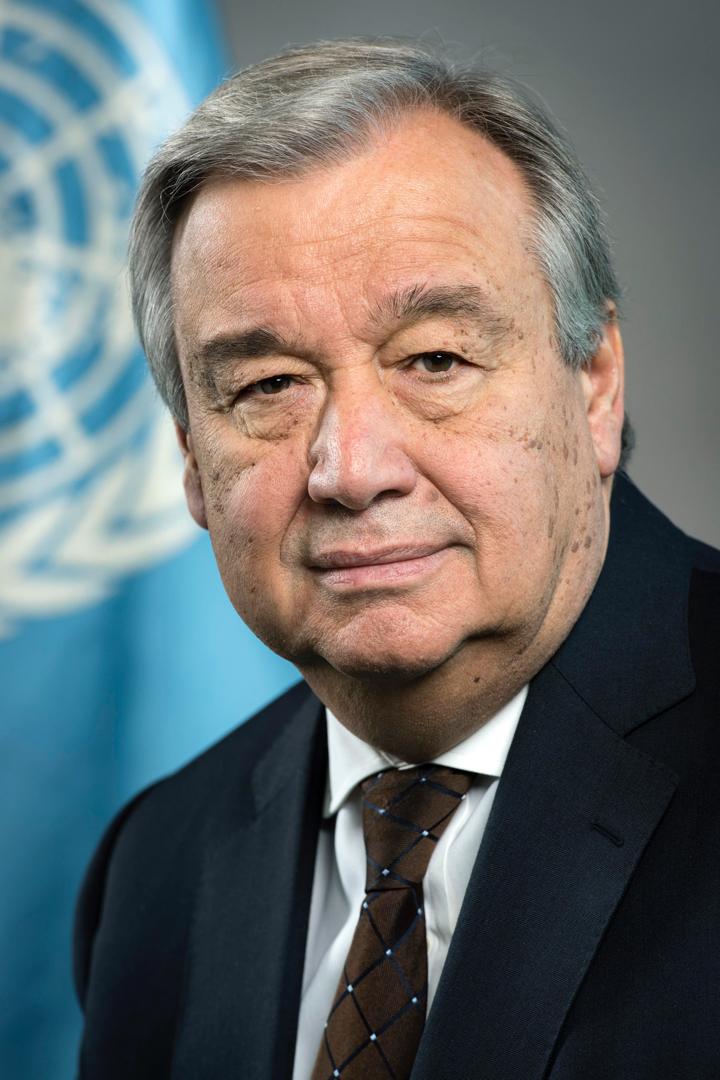
U N I T E D N A T I O N S N A T I O N S U N I E S
THE SECRETARY-GENERAL
OP-ED ON THE SUMMIT OF THE FUTURE
By: Michael Mike
World Leaders Must Re-boot Global Cooperation for Today and Tomorrow
Final negotiations are underway in New York for this month’s Summit of the Future, where Heads of State will agree on reforms to the building blocks of global cooperation.
The United Nations has convened this unique Summit because of a stark fact: global problems are moving faster than the institutions designed to solve them.
We see this all around us. Ferocious conflicts and violence are inflicting terrible suffering; geopolitical divisions are rife; inequality and injustice are everywhere, corroding trust, compounding grievances, and feeding populism and extremism. The age-old challenges of poverty, hunger, discrimination, misogyny and racism are taking on new forms.
Meanwhile, we face new and existential threats, from runaway climate chaos and environmental degradation to technologies like Artificial Intelligence developing in an ethical and legal vacuum.
The Summit of the Future recognizes that the solutions to all these challenges are in our hands. But we need a systems update that only global leaders can deliver.
International decision-making is stuck in a time warp. Many global institutions and tools are a product of the 1940s – an era before globalization, before decolonization, before widespread recognition of universal human rights and gender equality, before humanity travelled into space – never mind cyberspace.
The victors of World War II still have pre-eminence in the UN Security Council while the entire continent of Africa lacks a permanent seat. The global financial architecture is heavily weighted against developing countries and fails to provide a safety net when they face difficulties, leaving them drowning in debt, which drains money away from investments in their people.
And global institutions offer limited space for many of the major players in today’s world – from civil society to the private sector. Young people who will inherit the future are almost invisible, while the interests of future generations go unrepresented.
The message is clear: we cannot create a future fit for our grandchildren with a system built for our grandparents. The Summit of the Future will be an opportunity to re-boot multilateral collaboration fit for the 21st century.
The solutions we have proposed include a New Agenda for Peace focused on updating international institutions and tools to prevent and end conflicts, including the UN Security Council. The New Agenda for Peace calls for a renewed push to rid our world of nuclear arms and other Weapons of Mass Destruction; and for broadening the definition of security to encompass gender-based violence and gang violence. It takes future security threats into account, recognizing the changing nature of warfare and the risks of weaponizing new technologies. For example, we need a global agreement to outlaw so-called Lethal Autonomous Weapons that can take life-or-death decisions without human input.
Global financial institutions must reflect today’s world and be equipped to lead a more powerful response to today’s challenges – debt, sustainable development, climate action. That means concrete steps to tackle debt distress, increase the lending capacity of multilateral development banks, and change their business model so that developing countries have far more access to private finance at affordable rates.
Without that finance, developing countries will not be able to tackle our greatest future threat: the climate crisis. They urgently need resources to transition from planet-wrecking fossil fuels to clean, renewable energy.
And as leaders highlighted last year, reforming the global financial architecture is also key to jump-starting desperately needed progress on the Sustainable Development Goals.
The Summit will also focus on new technologies with a global impact, seeking ways to close the digital divide and establish shared principles for an open, free and secure digital future for all.
Artificial Intelligence is a revolutionary technology with applications and risks we are only beginning to understand. We have put forward specific proposals for governments, together with tech companies, academia and civil society, to work on risk management frameworks for AI and on monitoring and mitigating its harms, as well as sharing its benefits. The governance of AI cannot be left to the rich; it requires that all countries participate, and the UN is ready to provide a platform to bring people together.
Human rights and gender equality are a common thread linking all these proposals. Global decision-making cannot be reformed without respect for all human rights and for cultural diversity, ensuring the full participation and leadership of women and girls. We are demanding renewed efforts to remove the historic barriers – legal, social and economic – that exclude women from power.
The peacebuilders of the 1940s created institutions that helped prevent World War III and ushered many countries from colonization to independence. But they would not recognize today’s global landscape.
The Summit of the Future is a chance to build more effective and inclusive institutions and tools for global cooperation, tuned to the 21st century and our multipolar world.
I urge leaders to seize it.
U N I T E D N A T I O N S N A T I O N S U N I E S
Uncategorized
Zulum Launches Annual Free Christmas Transport For 1,050 Non Indigenes, Support for Vulnerable
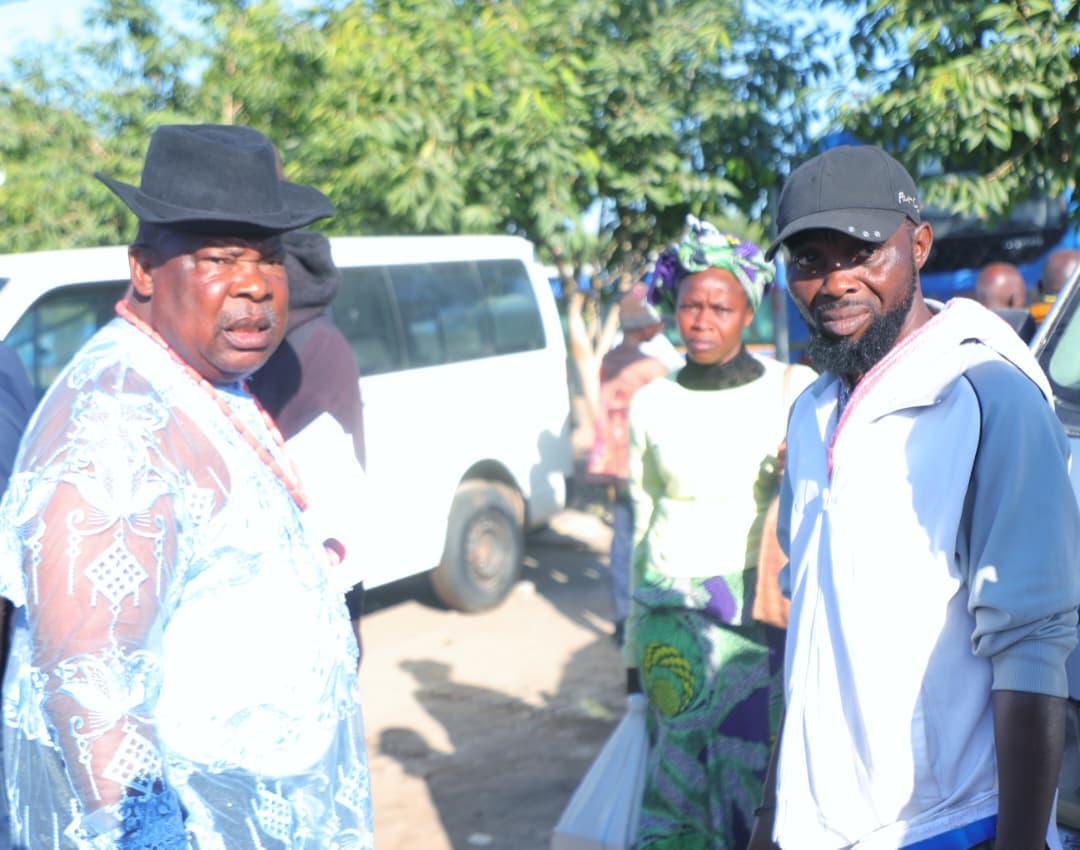
Zulum Launches Annual Free Christmas Transport For 1,050 Non Indigenes, Support for Vulnerable
By: Our Reporter
Borno State Governor, Professor Babagana Umara Zulum, on Sunday, launched the 2025 Free Annual Transportation Programme to 1,050 non-indigenes and support to vulnerable people.
The initiative reaffirms his administration’s commitment to compassion, inclusivity and people-centred governance to residents and inhabitants of the state.
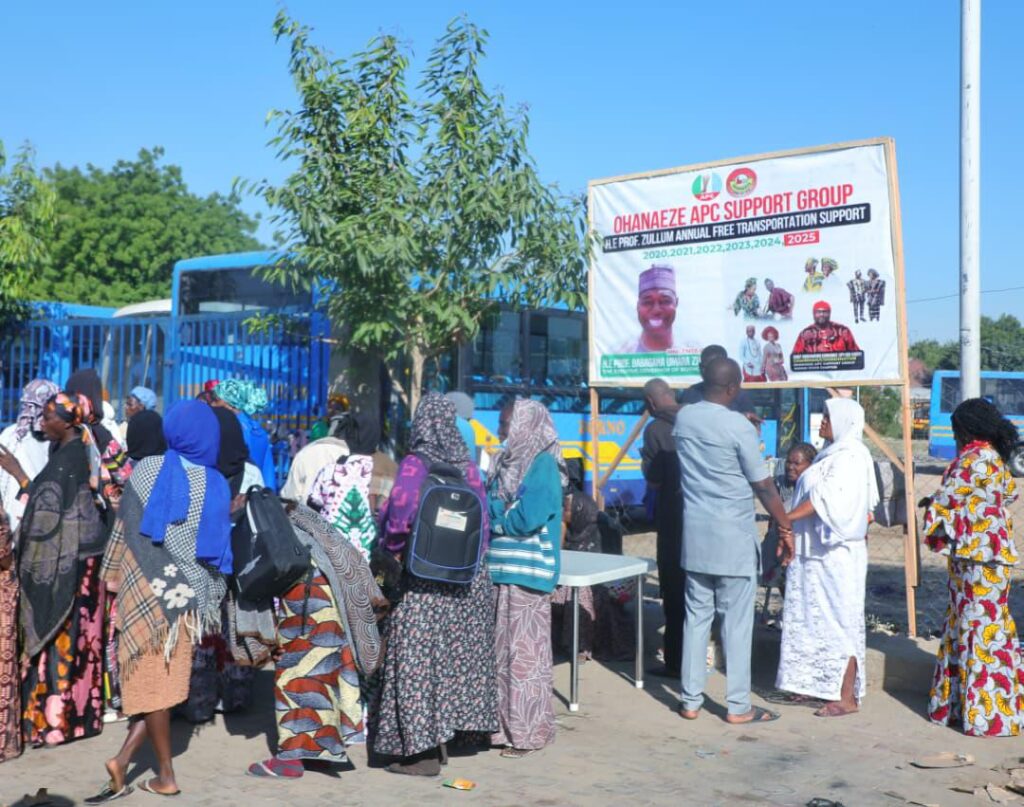
The scheme has continued to provide critical mobility support to thousands of Nigerians since its inception in 2020, facilitating safe interstate travel during the festive season, irrespective of ethnicity, religion, or social background.
The Governor represented by the Chairman of the Implementation Committee, Chief Ugochukwu Egwudike , said the initiative was designed to ease the hardship faced by low-income earners and vulnerable groups, especially during the Christmas and New Year celebrations.
He noted that beyond transportation, the programme aims to promote social cohesion and national unity by reconnecting families separated by economic and security challenges.
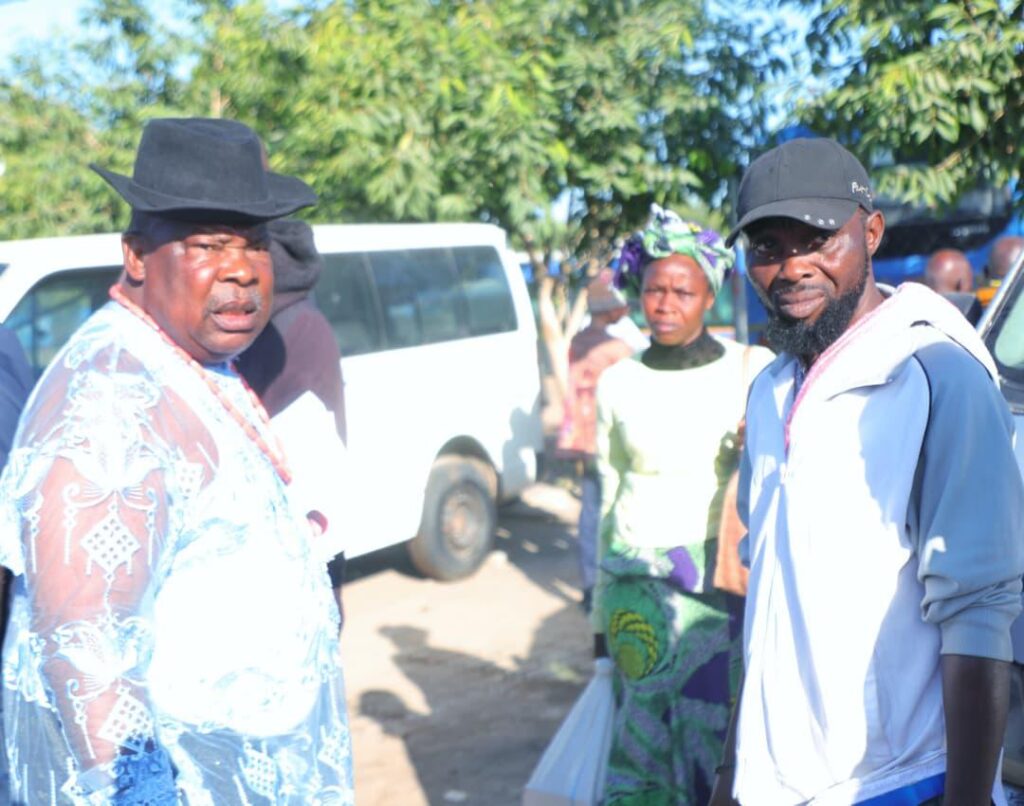
Egwudike recalled that “over the years, the scheme has reunited families who had been unable to travel home for three to five years, enabling them to celebrate Christmas with their loved ones”.
He added “during the previous exercise, beneficiaries also received ₦30,000 each, paid directly into their bank accounts to cushion financial pressures and ensure transparency in disbursement”,.
The Chairman of the committee said the 2025 exercise covers all six geopolitical zones of the country, a total of 320 passengers will be transported safely on day one, 280 on day two, and 150 on day three, with all passengers conveyed safely to their destinations, while 300 widows will recieve palliatives.
“A total of 750 people are expected to travel in batches between today, Monday and Tuesday while 300 widows, orphans and other vulnerable groups will receive palliatives on the 4th day of the excercise being 24th December,” Egwudike said.
Secretary of the Christian Association of Nigeria (CAN) Borno State Chapter, Apostle Joshua Akeredolu, commended the initiative, describing it as timely and impactful, particularly for Christian faithful travelling to celebrate Christmas.
He praised Governor Zulum’s inclusive leadership and offered prayers for his continued success and greater service to humanity.
The Chief of Idoma Community in Borno State, Jonah Odo, described the programme as a practical demonstration of Governor Zulum’s humane and responsive leadership, noting its positive impact on social welfare, interfaith harmony, and national integration.
Chief Odo said Idoma community in Borno State is appreciating the Governor for all the good works he has being doing for the non-indigenes in the state and urged other state governors to emulate Zulum’s gesture for the unification of the country.
The Free Annual Transportation Programme remains one of the flagship social intervention initiatives of Governor Zulum’s administration, providing annual relief and mobility support to thousands of Nigerians across the country.
Zulum Launches Annual Free Christmas Transport For 1,050 Non Indigenes, Support for Vulnerable
Uncategorized
Female drug kingpin arrested in Lagos with 23.5kg cocaine stashed children’s room
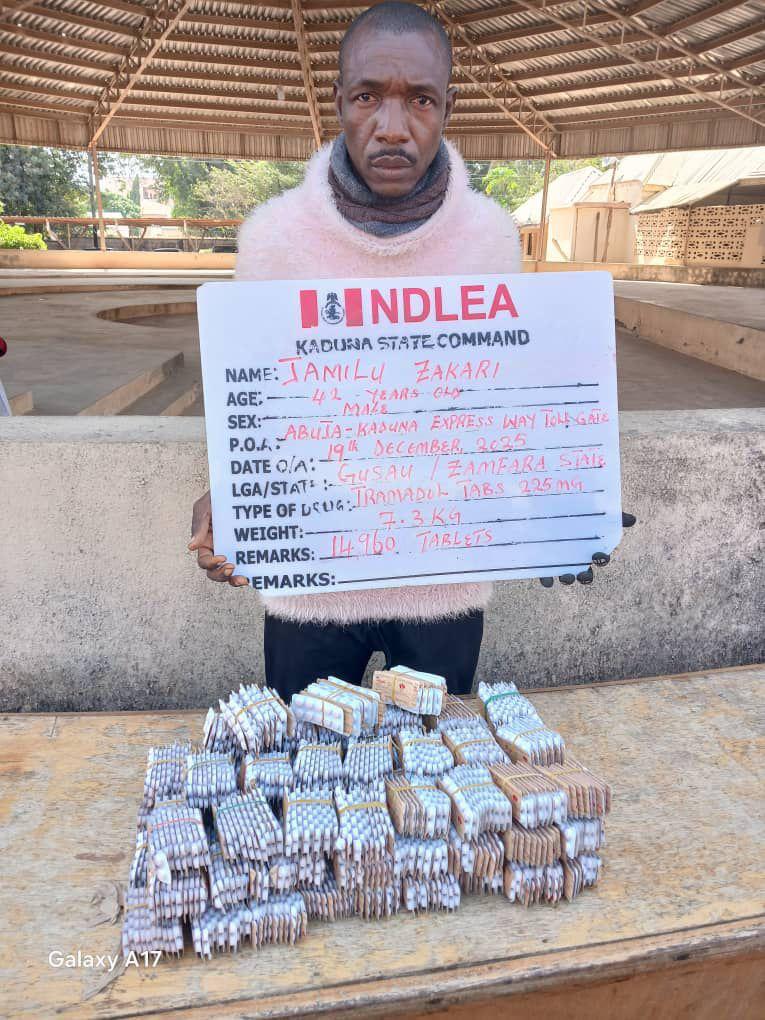
Female drug kingpin arrested in Lagos with 23.5kg cocaine stashed children’s room
By: Michael Mike
Twenty months after a cocaine trafficking cartel led by a couple: Toheebat Dauda and Lookman Dauda was smashed by operatives of the National Drug Law Enforcement Agency (NDLEA) with multi-billion-naira worth of illicit drug recovered, another leader of the syndicate Shodunke Simbiat who went underground since May 2024 has been nabbed in her Lagos home where additional 23.5 kilogrammes of the class A drug were recovered from her children’s room.
According to a press statement by the spokesman of the anti-narcotics agency, Femi Babafemi on Sunday, the kingpin Lookman and his queen Toheebat were arrested on Saturday 25th May 2024 by operatives of a special operations unit of NDLEA at Ibiye, along Lagos-Badagry expressway while attempting to cross the land border to deliver the consignment in Ghana.
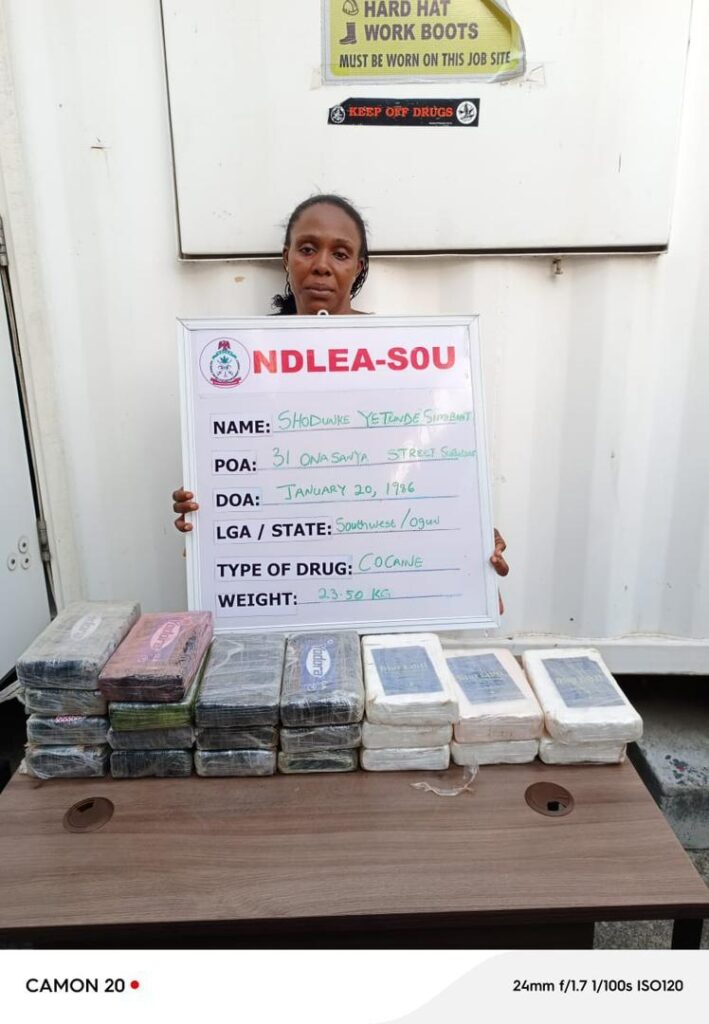
Babafemi said at the point of their arrest, 42 blocks of cocaine weighing 47.5 kilogrammes were found on them, with a swift follow up operation in their residence at Plot 24/25 OPIC extension, Petedo road, Agbara, Ogun state, leading to the recovery of additional eight blocks of the same drug weighing 10 kilogrammes, bringing the total weight of the consignment seized from the couple to 57.5 kilogrammes.
The spokesman, said determined to rein in every member of the syndicate, the NDLEA operatives continued with follow up intelligence and surveillance on the trans-border drug trafficking organisation until a 39-year-old female stash keeper Shodunke Simbiat was identified as a key member of the DTO, which elicited her being trailed to her 31 Onasanya street, Surulere, Lagos residence on Tuesday 9th December 2025.
Babafemi revealed that a thorough search of her home led to the discovery of blocks of cocaine weighing 23.5 kilogrammes concealed in a black suit case recovered from her children’s room, a drug consignment worth over N5billion in street value that she subsequently admitted ownership of.
In other clampdowns, the NDLEA operatives attached to terminal II departure hall of the Murtala Muhammed International Airport, Lagos last Thursday intercepted a 36-year-old businessman Nwanwene Destiny with a total of 1,020 pills of tramadol 225mg and tapentadol 200mg concealed in his luggage while attempting to board a Royal Air-Maroc flight to Milan, Italy where he is based. He claimed the successful trafficking of the opioids to Italy would have fetched him €200 from the person he was to deliver them to.
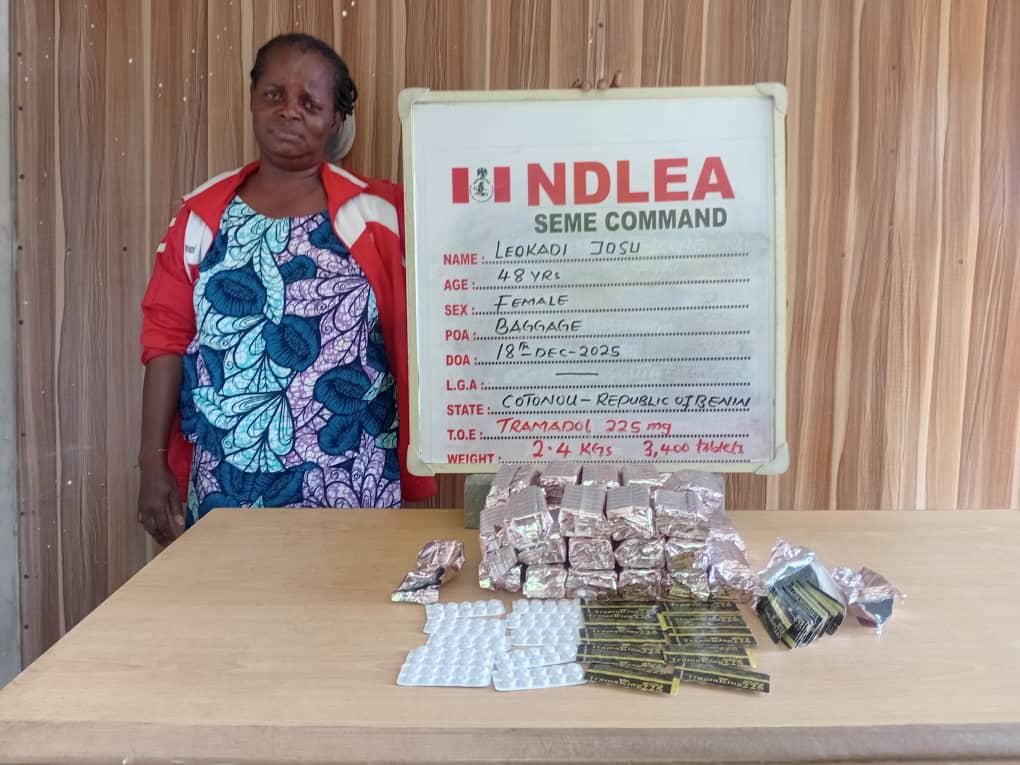
At the Seme border in Badagry area of Lagos, a 48-year-old Beninoise Leocardi Josu was last Thursday arrested by NDLEA officers while attempting to cross into Nigeria with 3,400 tablets of tramadol 225mg, even as a suspect Abdullahi Adamu, 30, was nabbed along Okene/Lokoja highway with 28.4 kilogrammes skunk, a strain of cannabis and Colorado, a synthetic cannabis last Friday.
In Oyo state, NDLEA operatives last Friday recovered 125,000 capsules of tramadol and 1,800 ampoules of pentazocine injection in a Toyota Hiace bus marked XD 592 AWL along Lagos-Ibadan expressway, while two suspects: Ogunlade Kazeem, 54, and Adeleke Ismail, 30, were arrested with 185.4 kilogrammes of skunk at Challenge motor park, Ibadan, last Wednesday.
Babafemi disclosed that a total of 405 kilogrammes skunk was seized when NDLEA operatives raided Owena/Ijesha forest in Osun state where a suspect Charles James, 45, was nabbed last Friday, while another suspect Jamilu Zakari, 42, was arrested with 14,960 pills of tramadol 225mg at tollgate, along Abuja-Kaduna highway same day. The consignment of opioids was concealed in two kolanut sacks (huhun goro) coming from Abuja to Gusau, Zamfara state.
The spokesman said across all commands and formations of the agency nationwide, NDLEA officers continued their War Against Drug Abuse (WADA) sensitization activities in schools, worship centres, work places and communities among others in the past week.
Meantime, the Chairman/Chief Executive Officer of NDLEA, Brig. Gen. Buba Marwa (Rtd), while commending the officers and men of the Special Operations Unit, MMIA, Seme, Kogi, Kaduna, Oyo and Osun commands for the arrests, seizures and their dexterity, enjoined them and their colleagues across the country to remain extra vigilant during the festive season and ensure that highest standard of professionalism is maintained in all their drug supply reduction and drug demand reduction activities all through the period and beyond.
Female drug kingpin arrested in Lagos with 23.5kg cocaine stashed children’s room
Uncategorized
Army troops, CJTF neutralise 21 terrorists on Damboa of Borno, intercept logistics movement
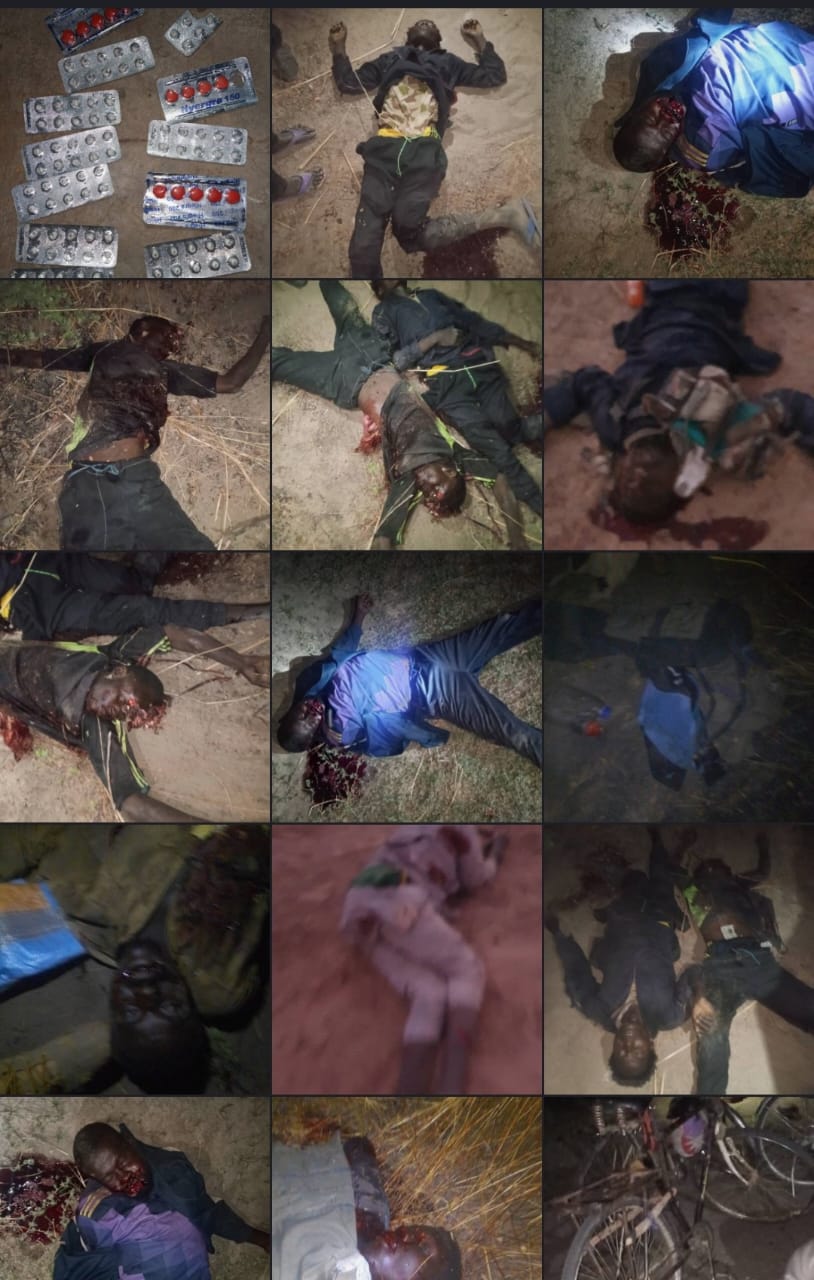
Army troops, CJTF neutralise 21 terrorists on Damboa of Borno, intercept logistics movement
By: Zagazola Makama
Army troops Troops of Operation Hadin Kai, in collaboration with members of the Civilian Joint Task Force (CJTF), have neutralised no fewer than 21 ISWAP terrorists during a fierce gun battle in Sojiri and Kayamla villages along the Damboa–Maiduguri Road in Borno.
Sources told Zagazola Makama that the encounter which took place on Sunday at about 12:15 a.m, followed credible intelligence indicating that a large number of terrorists had converged along the axis, possibly in preparation for coordinated attacks.
According to the sources, troops immediately mobilised to the area and made contact with the terrorists at about noon on Saturday as they were observed advancing in formation.
“Upon sighting the terrorists, estimated to be about 100, troops engaged decisively. While the firefight was ongoing, an additional group of terrorists attempted a surprise attack from the rear, but our troops held their ground and continued the engagement with superior firepower,” the source said.
The sources said that at least 17 terrorist corpses were confirmed at the scene, noting that more casualties were suspected as several blood trails were observed leading into surrounding bushes.
“Exploitation of the area is ongoing to uncover additional bodies and to clear the general area of fleeing elements,” he added.
Items recovered from the scene included arms, ammunition and other logistics, while troops maintained pressure on the terrorists to deny them freedom of movement along the strategic route.
He said a tactical withdrawal was conducted to stabilise the situation and allow troops to regroup, particularly in view of the emotional impact of the loss on the men, adding that morale remained high and operations would continue.
The military reaffirmed the commitment of Operation Hadin Kai, to sustain offensive actions against terrorist elements and prevent any attempt to threaten Maiduguri, Damboa and other communities in the North-East.
Army troops, CJTF neutralise 21 terrorists on Damboa of Borno, intercept logistics movement
-

 News2 years ago
News2 years agoRoger Federer’s Shock as DNA Results Reveal Myla and Charlene Are Not His Biological Children
-

 Opinions4 years ago
Opinions4 years agoTHE PLIGHT OF FARIDA
-
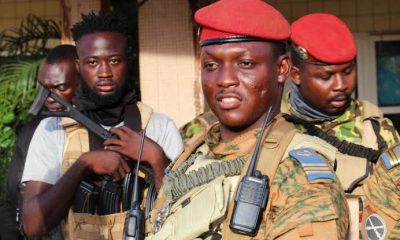
 News8 months ago
News8 months agoFAILED COUP IN BURKINA FASO: HOW TRAORÉ NARROWLY ESCAPED ASSASSINATION PLOT AMID FOREIGN INTERFERENCE CLAIMS
-

 Opinions4 years ago
Opinions4 years agoPOLICE CHARGE ROOMS, A MINTING PRESS
-
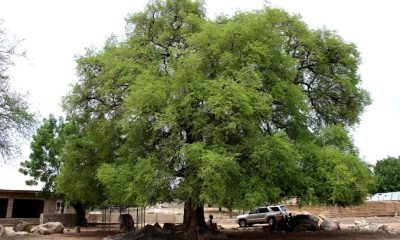
 News2 years ago
News2 years agoEYN: Rev. Billi, Distortion of History, and The Living Tamarind Tree
-
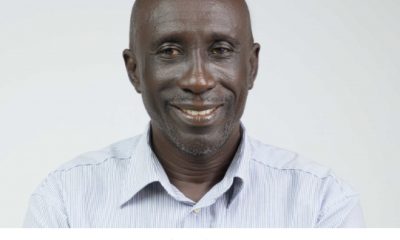
 ACADEMICS2 years ago
ACADEMICS2 years agoA History of Biu” (2015) and The Lingering Bura-Pabir Question (1)
-

 Columns2 years ago
Columns2 years agoArmy University Biu: There is certain interest, but certainly not from Borno.
-

 Opinions2 years ago
Opinions2 years agoTinubu,Shettima: The epidemic of economic, insecurity in Nigeria





